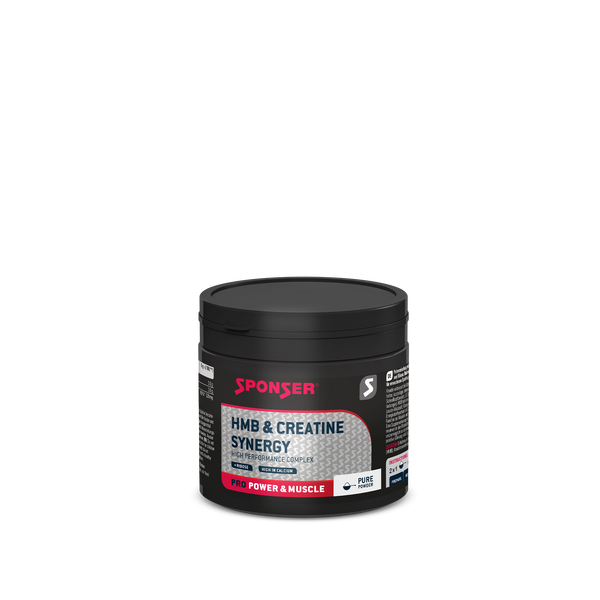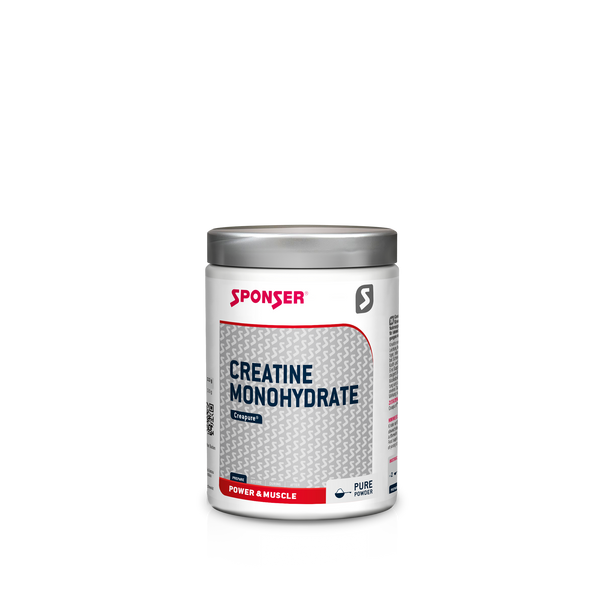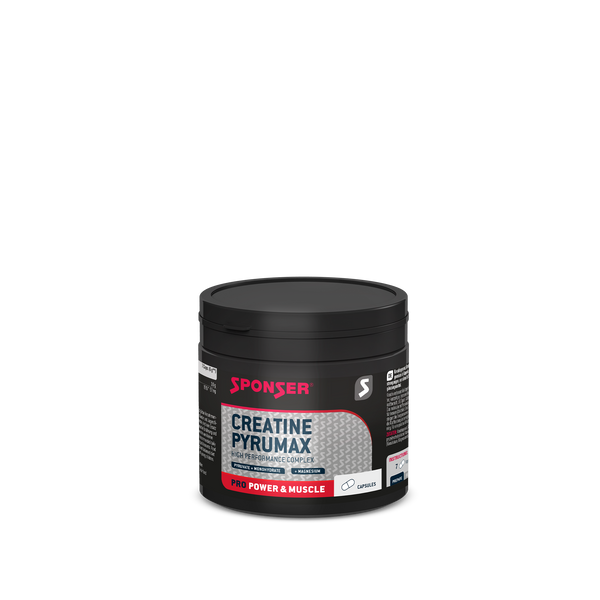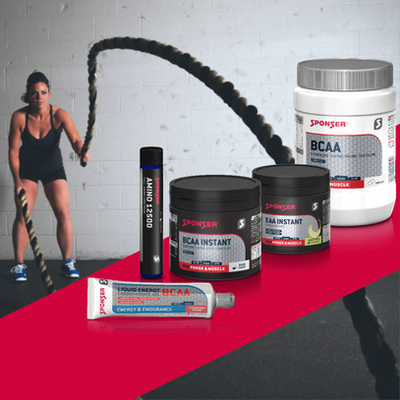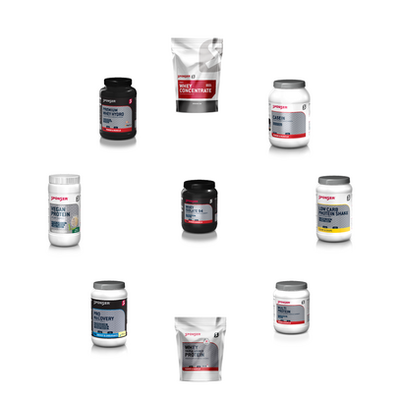
Photo credit: Joan Escri
What Is Creatine and How Does It Work in the Body?
Creatine is a nitrogen compound produced in the kidneys and liver from the amino acids glycine, arginine and methionine. However, it is also absorbed through food via fish or meat (approx. 0.5 g creatine per 100 g). The total body stock of creatine in a 70 kg person is about 120 g, of which about 95 % is present in the skeletal muscles. About 2 g are broken down daily and excreted as creatinine via the kidneys. The practically creatine-free diet of vegetarians leads to about 10% lower creatine stores compared to regular meat and fish consumers, but this does not result in any deficiency symptoms, since the body's own formation produces enough creatine.
How creatine works in the body
Creatine is stored in the body as creatine phosphate and performs various important functions in providing energy in the muscles, including the restoration of the energy carrier ATP (adenosine triphosphate), which is decisive in explosive, high-intensity performance. Creatine is also found in higher concentrations in fast muscle fibres (type II) than in slow muscle fibres (type I). Besides its application in sports, creatine supports muscular and neurological functions in various diseases, as well as in ageing persons or during rehabilitation. Increased availability of creatine or creatine phosphate in the muscle cell increases, grace to the concomitant higher ATP supply, anaerobic-alactic performance. This explains the performance improvements during short high-intensity strength and sprint loads, especially for repetitive loads with short recovery breaks.
Creatine can also support muscle and strength development in combination with resistance exercise. This effect is observed with several weeks of supplementation and simultaneous training. Some athletes even increase muscle mass when creatine is not combined with specific resistance exercise. The additional muscle mass is partially retained even after creatine is discontinued, which was previously believed not be the case.
Creatine from SPONSER
SPONSER® offers various creatine products:
• A classic, pure CREATINE MONOHYDRATE, which can be added to and taken with any liquid or food grace to its completely neutral taste.
• In addition, there is CREATINE PYRUMAX, a combination of creatine monohydrate and creatine pyruvate, which can improve the uptake of creatine, especially by people who respond little or not at all to creatine monohydrate (non-responders), grace to the higher solubility of pyruvate.
• The third formulation, HMB & CREATINE SYNERGY, is a mixture of creatine monohydrate and HMB (hydroxymethyl butyrate), which provides a synergistic combination of their anabolic and anti-catabolic functions. Also particularly appropriate for seniors with regards to muscle mass maintenance.
Related articles
shop » power & muscle
on » creatine
on » strength
on » performance optimisation
goal » muscle & strength
Literature
Flück, Joëlle (2020): Kreatin - Kreatin-Monohydrat, in: Supplementguide Swiss Sports Nutrition Society, Version 2.0, November 2020.
Author: Remo Jutzeler
Head R&D SPONSER SPORT FOOD
Ing. Applied Food Sciences UAS
MAS Nutrition & Health ETHZ














